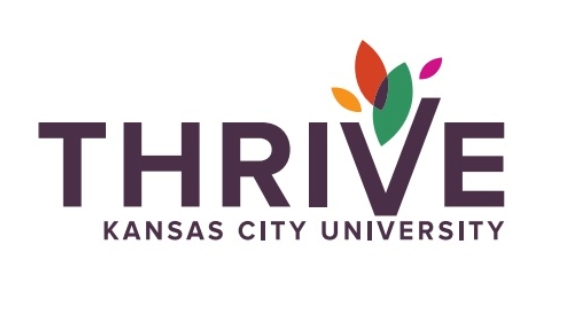
Building resiliency in future health care professionals through curriculum and connections.
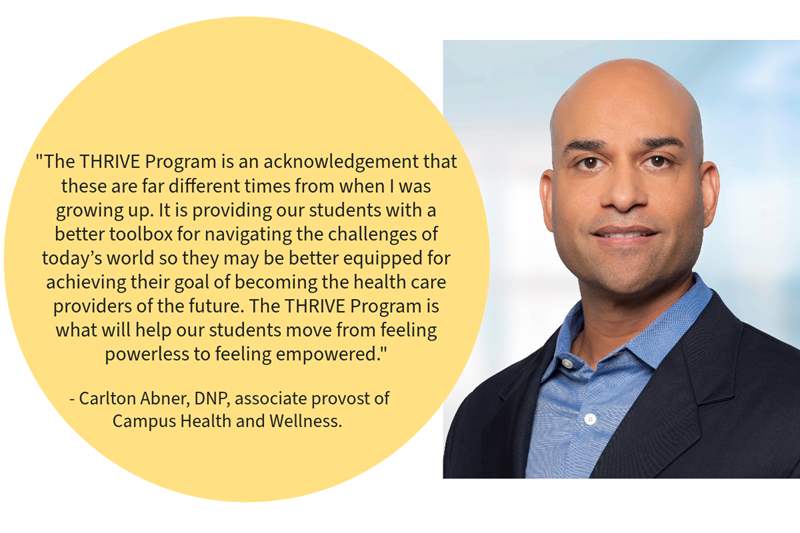
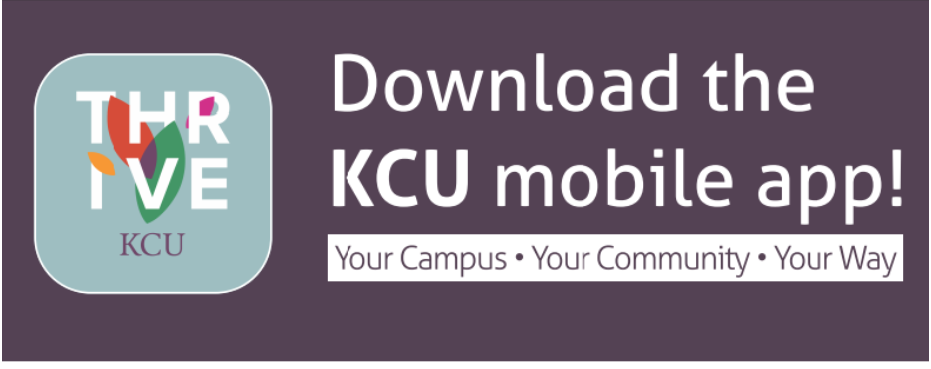
The Why
Since 2010, we’ve seen dramatic increases in the rates of anxiety, depression and suicide in children. Regardless of background, there are undeniable indicators of increased stress and disorders that requires us to think more systemically when it comes to building resilience for younger generations. As a society, we have to acknowledge our role in this. We are bombarded by a constant stream of depressing news informing us about the historic rise in wild fires, tornados, hurricanes, droughts, floods and the cost of living.
Not only is this the reality that we are raising future generations in, but those future generations are now connected to these constant streams of negative information all day long. In that context, it would be impossible not to expect a decrease in their confidence and resilience, especially when the “adults” all around them seem uninterested in providing real solutions to any of these problems. We can’t control what the world is exposing our student to but we can help them build better filters.
We can help them expand their capacity to deal with what they are facing. We can remind them that they are indeed capable of adapting. That is what the THRIVE Program is. The THRIVE program is providing our students with a better toolbox for navigating the challenges of today’s world so that they are better equipped to achieve their goal of becoming the health care providers of the future. The THRIVE Program is the provision of tools that will help our students move from feeling powerless to feeling empowered.
The What
Building resiliency in future health care professionals through curriculum and connections.
The How
The curriculum looks to further develop other aspects of mental health that have been found to be highly correlated with psychological resilience. These include...
o Coping flexibility (Cheng, 2003)
o Cognitive flexibility (Kruczek et al., 2020)
o Perceived social support (Eisenberger, 2013)
o Realistic optimism (Sharpley et al., 2021)
o "Successfully" overcoming prior adversity (Neff & Brody, 2011; Seery, 2011)
o Meaning-making (Hayes et al., 2005; Boehmer et al., 2007)
o Acceptance (Vriezekolk et al., 2012)
The connections strategy of the THRIVE program is based around supporting programs like advising/coaching, data analytics, Student Services and an emphasis on inclusivity as part of a holistic, enterprise-wide learning enhancement program.
.jpg)
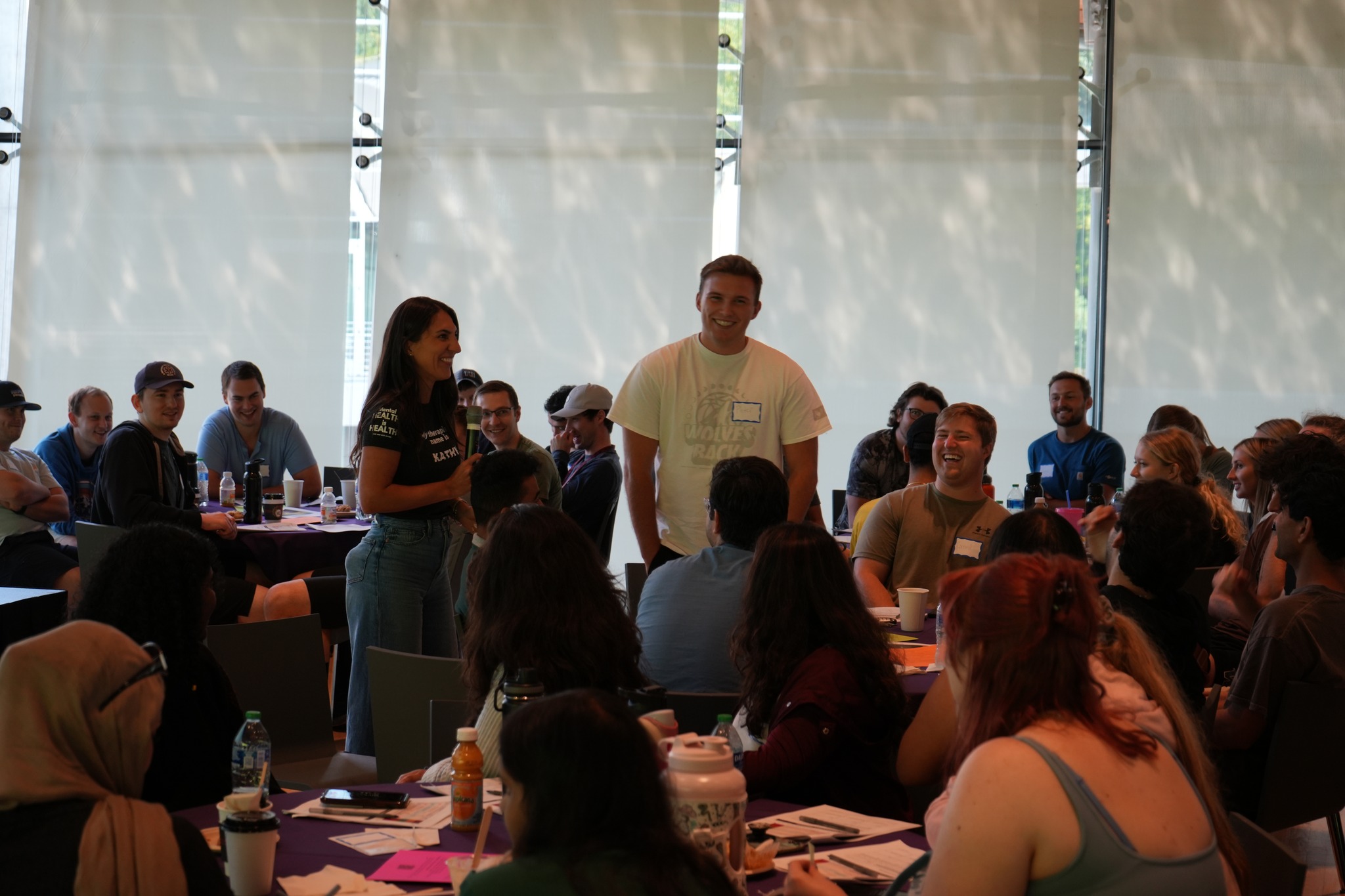
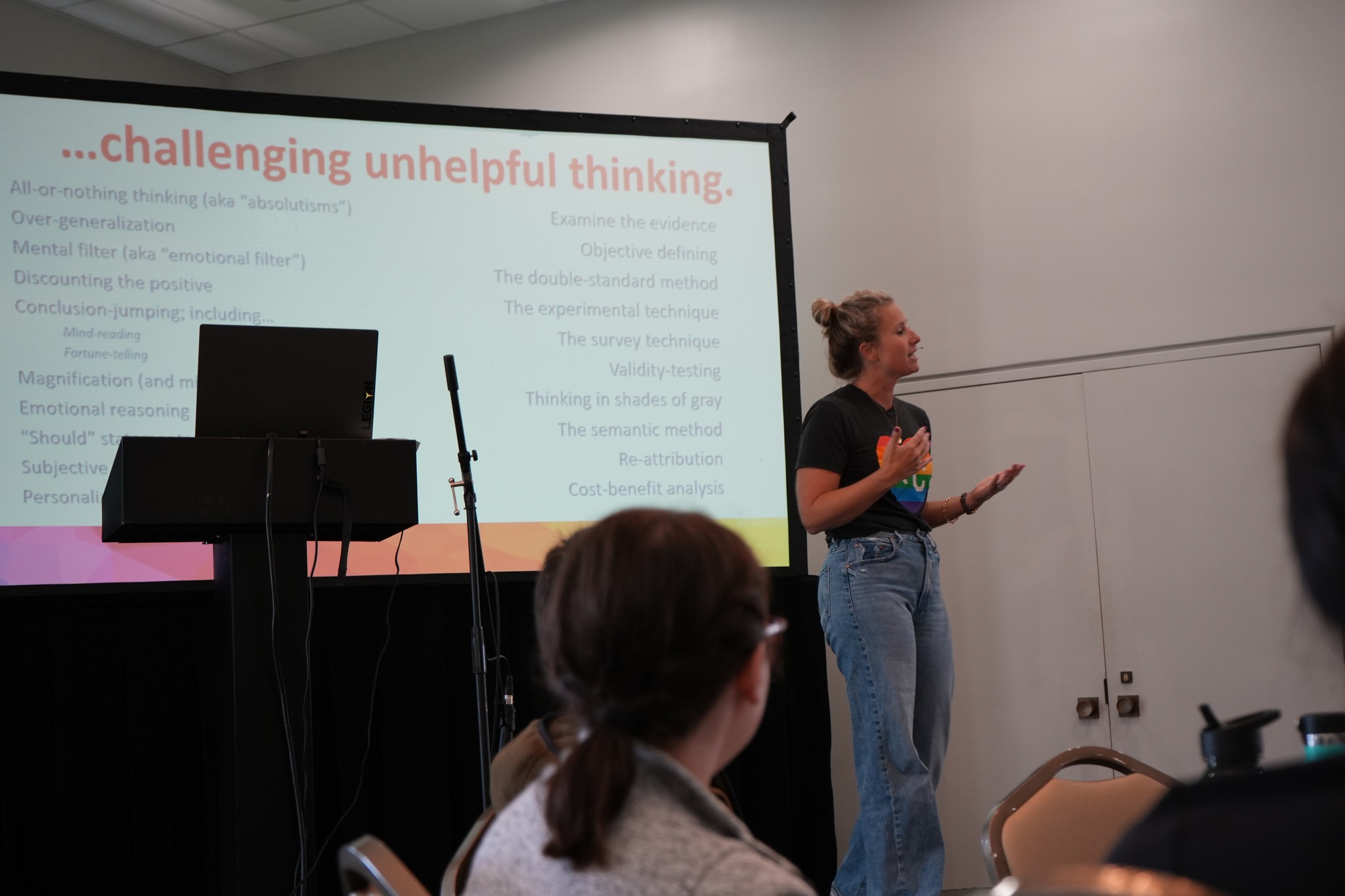
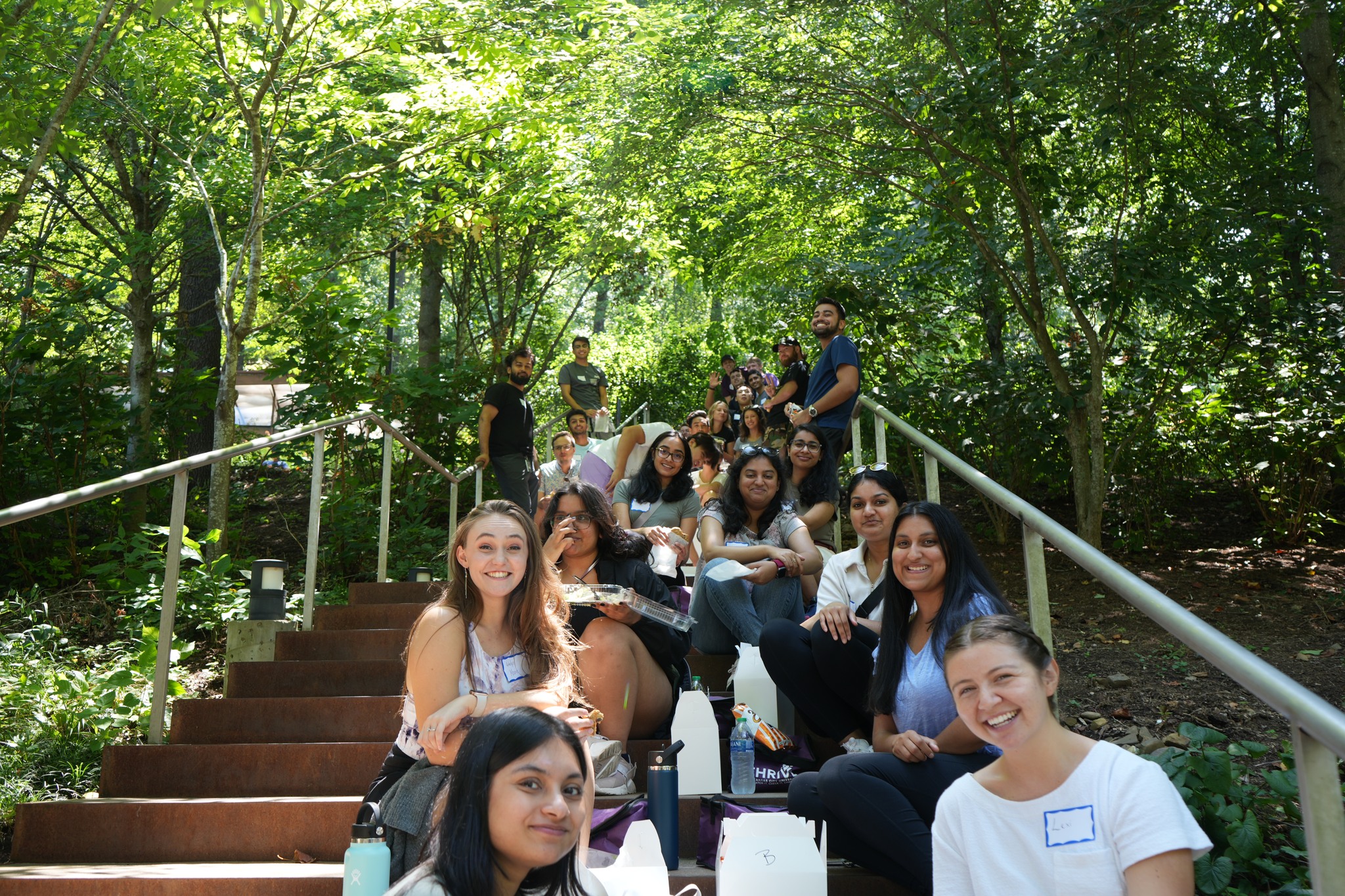
.jpg)
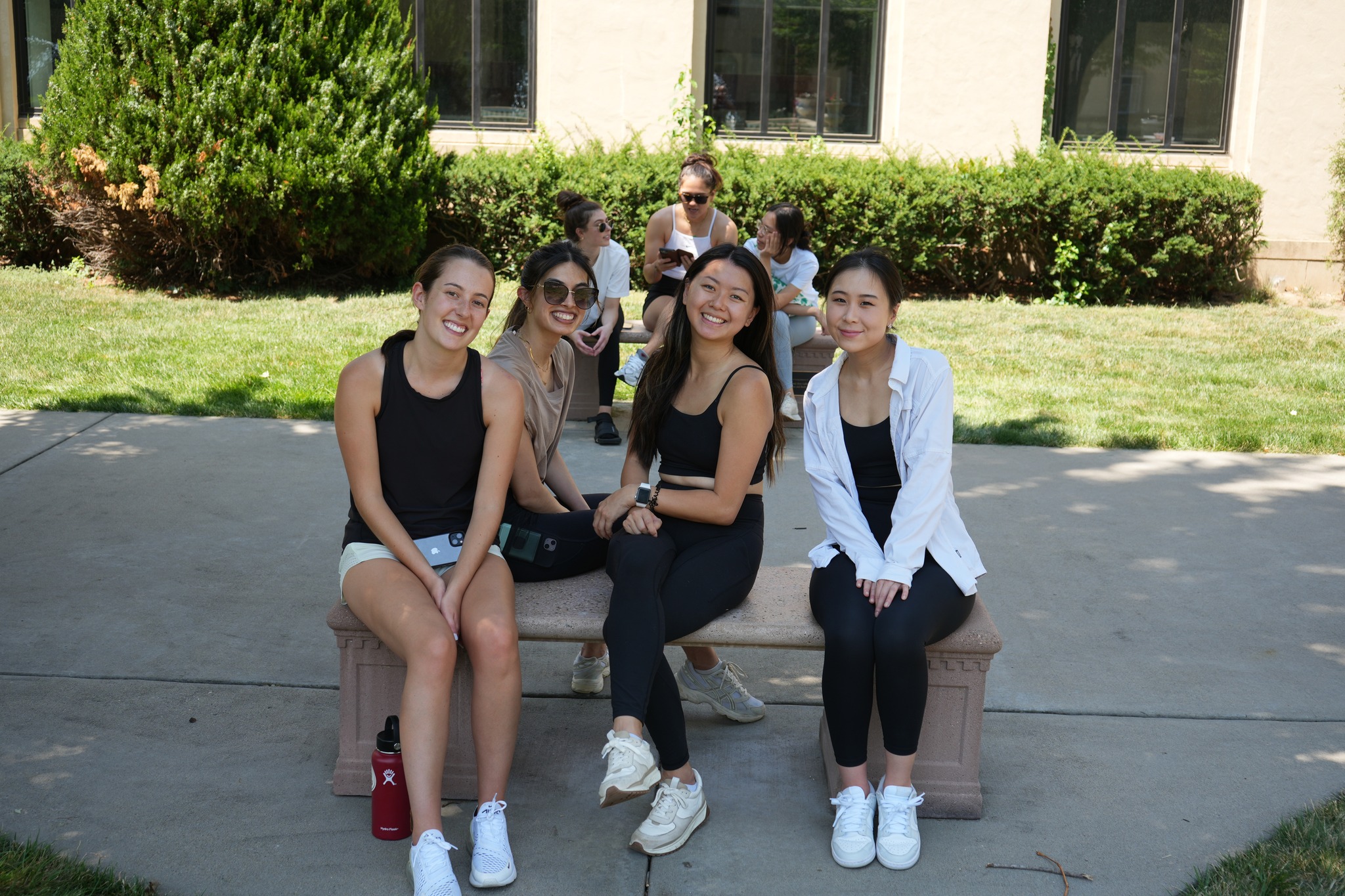
.mp4)